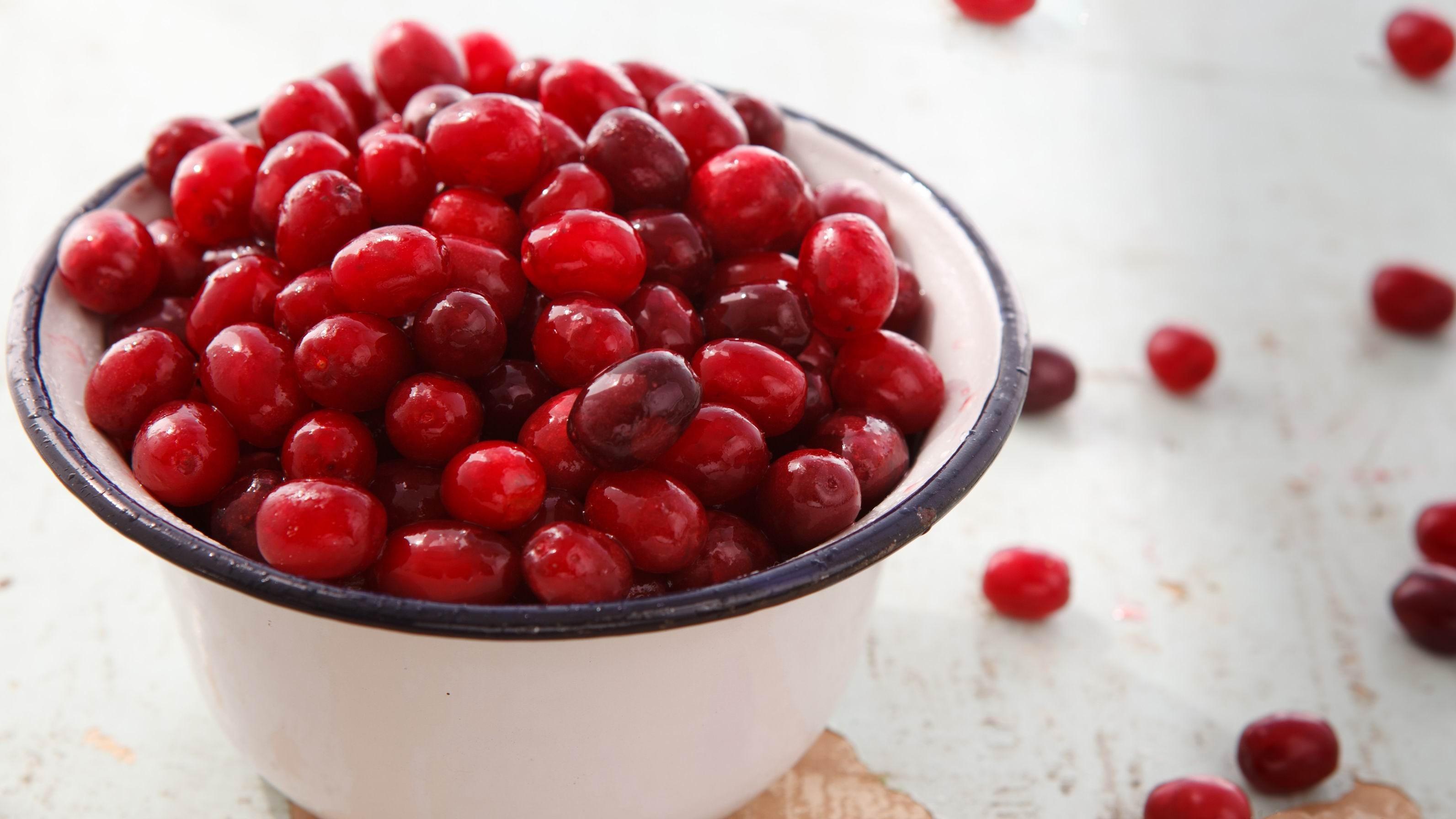
There are certain signs that autumn is here. Especially when you go to the market, and see a certain fruit, fish or vegetables appearing on stalls, you can’t help but utter to yourself: “Winter is coming!” Bonito is a signal from the sea. It makes its appearance in September with its bright red gills displayed, turned inside out to show off its freshness. It must be pumpkins that are associated with fall elsewhere in the world, the same is true here. But there is one fruit that sends alarming signals to our minds that the colder months are officially here. Cornelian cherries herald the arrival of autumn. As September approaches, cornelian cherries slowly begin to appear at market stalls. There is even a popular folk song that everybody likes: “Are the cornelian cherries ripe? Are the wicker baskets full? This song, originally from Thrace, also hints to us that the colder days are coming, as it continues: “Did the socks I sent fit your feet?” It is about the story of a young girl sending hand-knit socks to her beloved fiancé who is away from his homeland. When these tiny cherries appear, the weather will turn colder, autumn is ahead, and winter will follow. Socks will be worn on cold feet, cornelian cherry preserves will fill jars, and baskets full of cranberries will make their way to the kitchen to prepare the most delicious flavors for winter preparations.
Devil tricker
The telltale of autumn, these little bright red stone fruits are called “kızılcık” in Turkish. Often mistranslated as cranberries, that is completely wrong, they belong to a completely different plant group. The small cornelian tree is the first to bloom in spring, and strangely, the last to bear fruit in late summer. That is why in some regions it is referred to as “şeytan aldatan,” meaning “the one that tricked the devil.” The story goes as such: The devil notices that the yellow flowers of the cornelian are first to bloom, hoping that it will be the first to fruit, takes a good place under the tree to wait for the first fruits of the season. However, time passes, and plums, cherries, apricots,and peaches all appear, but no fruits are in sight on that tree. By the time all those delicious summer fruits are gone, the devil remains with only a handful of tart fruit. Another tricky aspect of the fruit is that its appearance does not hint at its peculiar flavor. Bright red, from light crimson to deep scarlet, the fruit has an attractive, juicy appeal, but it is tart and tangy, slightly tannic and astringent on the palate, and sometimes even mouth-puckering. Therefore, except devoted fans who eat them out of hand, it is usually cooked, turned into compotes, or drinks, or preserves of all sorts.
Pantry Pleaser
The cornelian cherry is one of the fruits most commonly used in our kitchen for winter pantry preparations. Cornelian cherry jam and marmalade are especially popular among those who love sour and tart flavors. In the old days, there was also a thicker version of marmalade that could be poured onto trays, frozen, and then cut into pieces to be eaten like Turkish delight—a delicate treat. Cornelian cherry sherbet (Kızılcık Şerbeti), which has become famous in recent times thanks to a popular TV series of the same name, was once a beloved drink. Unfortunately, cranberry sherbet, or syrup, and cordial are now lost flavors, only made at home by enthusiasts. They have been replaced by other soft drinks. One reason for this is that cranberries grow wild in
most places. Since they have little economic value, cornelian cultivation has remained limited. Even in some regions where grafted orchards exist, it has not been transformed into a product for the food industry.
Tart and tangy
Cornelian cherries are not just for the sweet palate. With their tart and low-sugar composition, they also pair well with savory foods. In European countries, cranberries are particularly associated with game meats. Here, we have the unique “Kızılcık Tarhana,” which is a one-of-a-kind soup for those who love tart and tangy flavors. Cornelian cherry tarhana soup is also considered medicinal, especially when prepared with chicken broth, and is said to be perfect for treating colds and flu. Although it is a flavor unique to the Bolu Mountains, it is now popular across the country. It is also very easy to make at home. This is because it does not require a long fermentation period. Fully ripe cornelian cherries are pureed raw. They are mixed with hard flour in equal proportions and a few teaspoons of salt to form a firm dough. The dough is shaped into cookie-sized lumps, flattened, and then left to dry in the shade on clean cloths. Drying in the shade is important because it is the secret to a bright pink tarhana. As the tarhana lumps dry, they are crumbled, further dried, and crumbled again. Once completely dry and powdery, they are placed in cloth bags for storage. When cooking kızılcık tarhana, there is no need to add tomato paste or any other ingredients. Just mix with water and cook. However, when prepared for medicinal purposes, bone stock or chicken broth enhances its healing properties as well as its flavor. But the real flavor of the soup comes from the butter and garlic combination poured sizzling hot over the soup just before serving. The aroma of that garlic-infused melted butter fills the air, adding the final taste touch to the tangy tarhana.
Though not a cranberry, in many cases, “kızılcık” can often serve as an ersatz ingredient for it. So, if you’re an expat living in Türkiye celebrating Thanksgiving, go local, and get some cranberries quickly; their season is tricky, and they will disappear sooner than you think. Make your sauce, jam, jelly or whatever you like, and it will be the star of your table, either in Halloween, Thanksgiving or Christmas, bringing back the last rays of bright summer sunshine.